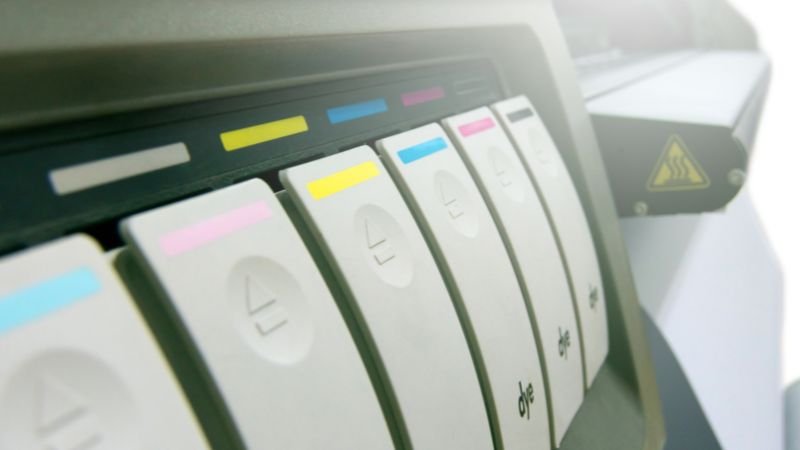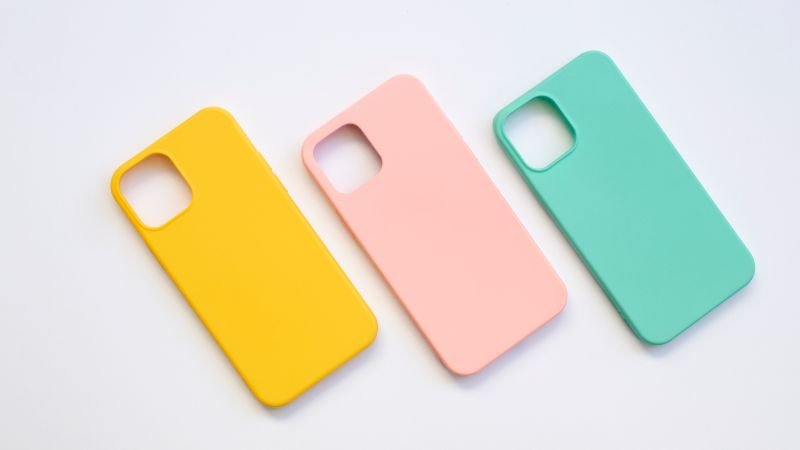Finding the right way to print on silicone can be challenging. Many people struggle with achieving durable, high-quality prints on this flexible and non-porous material. Whether you’re a manufacturer looking to brand your products or a designer seeking the perfect finish, understanding the printing process is crucial to getting the results you want. You’re not alone—many face the same frustrations with printing on silicone.
So, how can you print on silicone effectively? The best approach involves a few key steps: selecting the right ink, preparing the silicone surface, and choosing the appropriate printing method. With these elements in place, you can achieve vibrant and long-lasting prints on silicone products. In the following sections, we’ll break down each of these steps to ensure your silicone printing projects are a success.
Curious to know how each step plays a role in perfecting your prints? Let’s dive deeper.
Why Is It So Hard to Print on Silicone?
Silicone is a popular material due to its durability, flexibility, and resistance to extreme temperatures. However, these very qualities also make it difficult to print on. Silicone’s non-porous surface means that traditional inks don’t adhere well, leading to smudging or peeling over time. Proper surface treatment can significantly improve ink adhesion on silicone surfaces.
When printing on silicone, it’s important to choose an ink specifically designed for this material. Silicone inks are made to bond with the surface, providing a strong and lasting print. However, even with the right ink, surface preparation is key.
How Do You Prepare Silicone for Printing?
Before printing on silicone, you need to treat the surface. This step is crucial for ensuring the ink adheres properly. One common method is plasma treatment, which cleans and activates the silicone surface, making it more receptive to the ink. Another option is a chemical primer, which can also improve adhesion by creating a bonding layer between the silicone and the ink.
Plasma treatment can increase ink adhesion by up to 50%. Without these treatments, the ink is likely to peel or wear off quickly, especially with the flexibility and use that silicone products endure.
In addition to surface treatment, it’s important to ensure that the silicone is clean and free of any oils or residues. Even a small amount of contamination can prevent the ink from sticking properly.

What Are the Best Printing Methods for Silicone?
There are several printing methods that work well on silicone, each with its own benefits and limitations. Here are the most common:
1. Pad Printing
Pad printing is a popular method for printing on silicone, especially for small, detailed designs. It uses a silicone pad to transfer ink from an etched plate onto the silicone product. This method is highly precise and works well for printing on curved or irregular surfaces.
Pad printing is often preferred because it can handle the flexibility of silicone without distorting the design. However, it’s important to use silicone-compatible inks to ensure the print lasts.
2. Screen Printing
Screen printing is another effective method, particularly for larger, simpler designs. It involves pushing ink through a mesh screen onto the silicone surface. While screen printing on silicone can produce vibrant, opaque prints, it requires careful preparation and curing to ensure the ink adheres properly.
Data indicates that screen printing with silicone-based inks provides better durability than other types of inks. However, it may not be the best choice for highly detailed designs or very flexible silicone products.
More information about silicone screen printing
3. Laser Engraving
While not a traditional printing method, laser engraving can be used to create permanent marks on silicone. Laser engraving works by removing a thin layer of the material, leaving behind a precise, indelible mark. This method is ideal for creating logos, serial numbers, or other important information that needs to last as long as the product itself.
However, laser engraving doesn’t add color to the silicone. It’s more about creating a subtle, durable mark rather than a vibrant design.
4. Heat Transfer Printing
Heat transfer printing involves transferring a design from a film onto the silicone using heat and pressure. This method can produce high-quality, full-color prints that are durable and flexible. However, it requires specialized equipment and materials, which can be costly.
Heat transfer printing is a great choice for complex designs or full-color images, but it may not be the most economical option for all projects.

Which Inks Are Best for Silicone?
Choosing the right ink is crucial when printing on silicone. Not all inks are created equal, and using the wrong type can result in poor adhesion, fading, or peeling. Silicone-based inks are specifically designed for printing on silicone surfaces. These inks chemically bond with the silicone, creating a durable print that can withstand the material’s flexibility and any environmental conditions it may encounter.
According to industry experts, silicone-based inks offer the best performance for printing on silicone, particularly for products that need to endure harsh conditions. These inks are also available in a wide range of colors, making them versatile for various design needs.
When selecting an ink, consider the specific requirements of your project, such as color vibrancy, durability, and flexibility. It’s also important to test the ink on a small area of your silicone product before committing to a full print run.
How Do You Ensure Long-Lasting Prints on Silicone?
Even with the right ink and printing method, there are additional steps you can take to ensure your prints last as long as possible. Proper curing is essential for setting the ink and improving its durability. Curing involves heating the printed silicone to a specific temperature for a set amount of time, allowing the ink to fully bond with the material.
Proper curing can increase the lifespan of silicone prints by up to 30%. Without adequate curing, the ink may remain tacky or peel off over time.
Another factor to consider is the use of a topcoat or protective layer. A clear silicone coating can be applied over the print to protect it from wear and tear. This is especially useful for products that will be exposed to harsh environments or frequent handling.
Regular testing and quality control are also important to catch any issues early and ensure that every batch of printed silicone meets your standards.
Can You Customize Silicone Prints?
Customization is a major advantage when it comes to printing on silicone. Whether you need a specific color match, a unique design, or branding for your products, there are plenty of options available. Many suppliers offer custom color matching, allowing you to achieve the exact shade you need.
In addition to color, you can also customize the texture and finish of your prints. For example, you can choose between a matte or glossy finish depending on the look you want to achieve. Embossing and debossing are also popular techniques for adding texture and dimension to silicone products.
When working with a supplier, be sure to discuss your customization needs upfront. The more information you provide, the better they can tailor the printing process to meet your specific requirements.
Conclusion
Printing on silicone is challenging, but with the right techniques and materials, you can achieve excellent results. By selecting the appropriate ink, preparing the silicone surface, and choosing the best printing method for your project, you can create durable, high-quality prints that stand the test of time. Don’t forget to cure your prints properly and consider adding a protective layer for extra durability.
With these tips in mind, you’ll be well on your way to mastering the art of printing on silicone.
Related Posts: